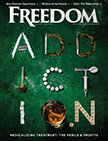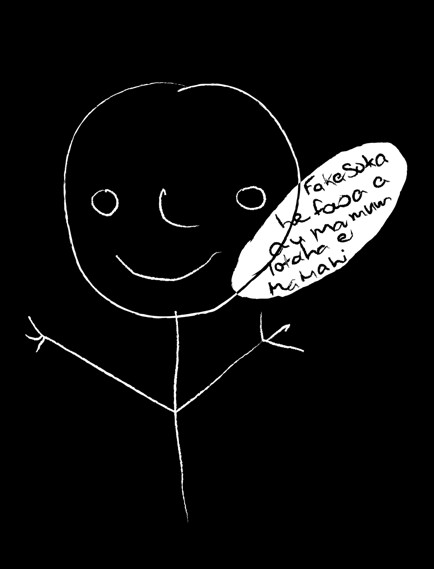
The year was 1976, and young Hake Halo was but one of more than 350 children being held and regularly tortured by the head psychiatrist and staff inside the Child and Adolescent Unit of New Zealand’s Lake Alice Hospital.
Young Hake’s letter followed in the wake of an investigation of abuses by the mental health watchdog Citizens Commission on Human Rights. That inquiry and Halo’s letter marked the first steps in a long journey to justice for the children of Lake Alice, a trek that would span decades and end at the doorstep of the United Nations Convention Against Torture and Other Cruel, Inhuman, or Degrading Treatment or Punishment.
Torture is the best way to describe the assaults against those detained inside Lake Alice’s children’s unit during the 1970s. Under the direction of head psychiatrist Selwyn Leeks, children were punished with solitary confinement, painful drug injections, beatings, sexual abuse and blasts of electroconvulsive therapy (ECT) to the head, shoulders, legs and even genitals.
Halo described the electric shocks as “the worst pain that you can ever feel.”
The psychiatrist and his staff committed these brutalities without restraint. Government oversight was nonexistent and the assaults might have continued to be a well-kept secret if not for Halo’s desperate letter and the work of CCHR, which had toured the facility and made its findings public in an official report issued in 1977.
Founded in 1969 by the Church of Scientology, CCHR is a nonprofit organization dedicated to protecting patients’ rights and reforming the field of psychiatry. Victor Boyd was one of CCHR’s investigators tasked with obtaining statements from the children in Lake Alice.
“Psychiatry has a history of using powerful and forceful treatments on people against their will,” says Boyd. “Electric shocks, mind-altering drugs, restraint, seclusion and sexual abuse went unchecked in Lake Alice and the victims were, in many cases, damaged for life.”
CCHR’s investigation focused on the Child and Adolescent Unit, where children were held in the custody of the New Zealand Department of Social Welfare.
“Lake Alice was a dumping ground where forgotten children who were wards of the State could be experimented on without fear of consequences,” says Steve Green, director of CCHR New Zealand, who with Boyd fought to bring the psychiatrist and other staff at Lake Alice to justice.
Believing he could act with impunity, psychiatrist Leeks turned Lake Alice into his own private torturous experiment. He recruited children from other psychiatric and welfare institutions around the country to maintain a steady flow of child victims, whom he dismissed as little more than feral animals.
CCHR documented similar abuses in other psychiatric facilities throughout New Zealand, demanded the agencies responsible for oversight take action to end the ill treatment, and called upon those same agencies to introduce legislation to prevent children from being electroshocked.
Despite the weight of evidence of abuse taking place in New Zealand’s psychiatric hospitals, the government was reluctant to act. An official inquiry into the treatment of Hake Halo conducted in 1977 found in Leeks’ favor when the judge pronounced that children could be given electroconvulsive shock treatment without anesthesia because their bones were supple and would not break during the violent convulsions induced by the treatment.
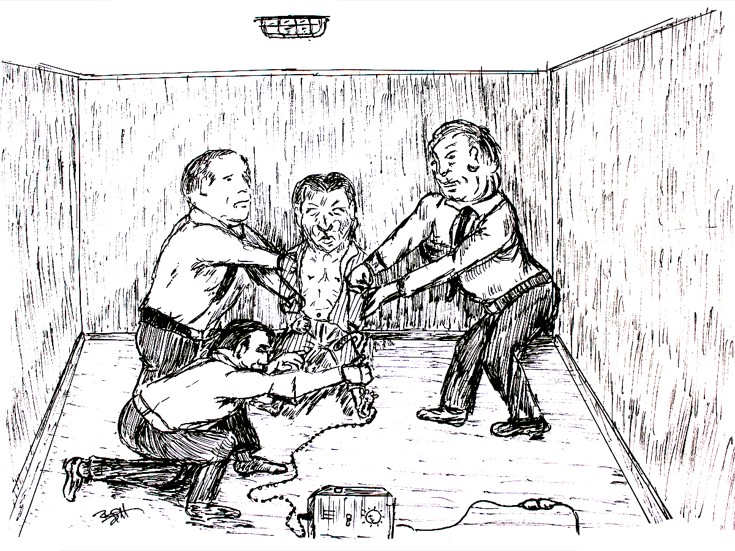
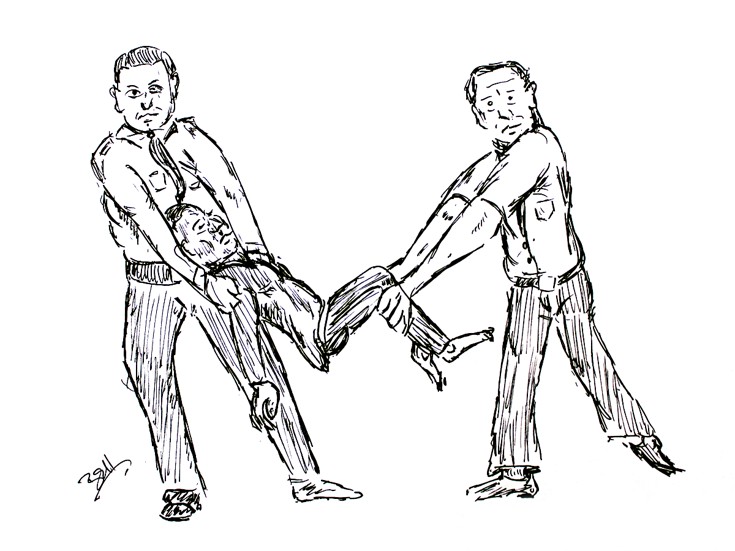
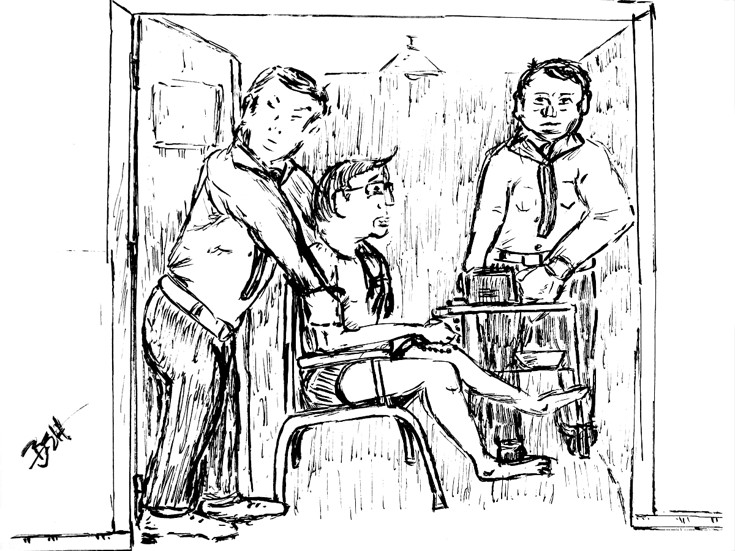
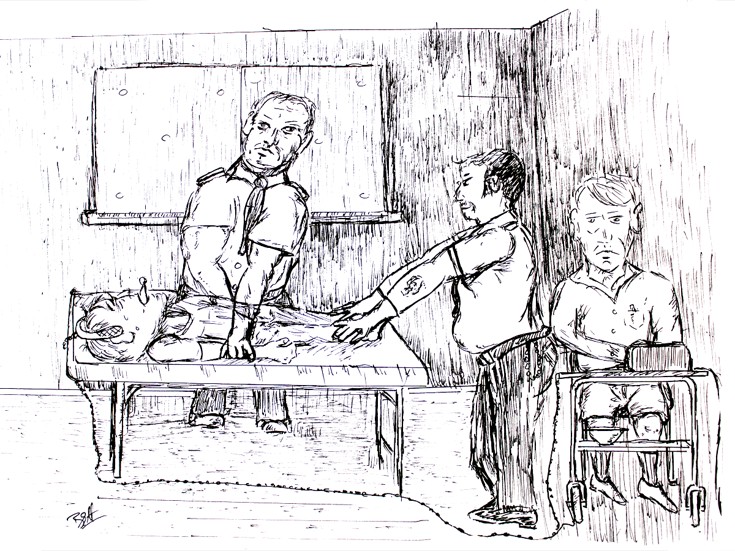
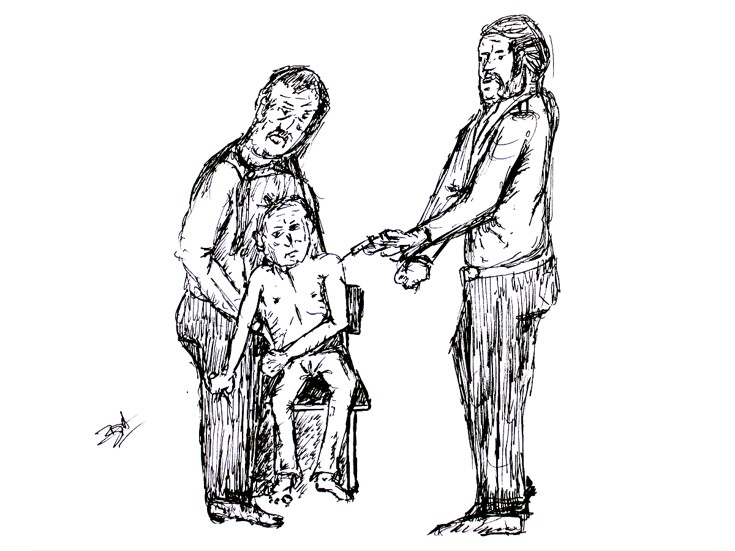
Subsequent complaints were filed with the New Zealand Medical Association, the Medical Council and the New Zealand Police, but the results were little more than whitewashes by all three agencies. By this time, Leeks had resigned from his position and skulked off to Melbourne, Australia, to practice and to avoid further repercussions in New Zealand.
While the lid was seemingly closed on the investigations into the abuses at Lake Alice, the demands for justice continued. Over the ensuing years, former inmates joined with CCHR to document what happened in the children’s unit. In the mid 1990s, the door opened with new media disclosures and the work of a New Zealand attorney, Grant Cameron, who agreed to represent the survivors in a class-action lawsuit against the New Zealand government. Cameron calls it “the most disturbing case I have ever been involved in.”
“These people—let’s remember they were children at the time—have found their lives wrecked,” he told the New Zealand Daily Post in December 1993. “It’s been a major tragedy in all their lives, and in the lives of their family members who entrusted them to the state.”
Victims continued to emerge. By 2001, the number of claimants had grown to 95. The government decided to settle the case against it, initially paying $6.5 million in ex gratia payments, then a further $7 million to 85 more individuals who came forward.
Retired High Court Judge Sir Rodney Gallen was commissioned to determine the amounts each claimant would receive as part of the settlement. After interviewing 41 former patients and reading reports from 44 others, Gallen issued a damning report that described how ECT had been routinely imposed to inflict extreme pain as punishment.
That same year, the Prime Minister of New Zealand, the Right Honorable Helen Clark, issued her own official statement: “We are apologizing to all those who were mistreated. We believe it is important to take this step, to enable us to move on from some shameful practices in mental health care in New Zealand.”
Such statements demonstrated there had been progress. But although restitution had been made, the perpetrators still had not been held responsible for their actions, nor was there any guarantee others in the psychiatric system would refrain from committing similar abuses.
“Those who perpetrated the crimes inside Lake Alice were allowed to walk free and even continue to practice in mental health,” says Green, “including the former head psychiatrist, Selwyn Leeks, who was still practicing in Melbourne.”
Because of mounting pressures against Leeks, in 2003 the Victorian Medical Board in Australia launched its own inquiry and worked together with CCHR to gather evidence.
The board then laid serious charges against Leeks over the abuses he perpetrated against the children in Lake Alice in the 1970s—with electric shocks administered as punishment, painful drugs injected into the buttocks and thighs and, on a couple of occasions, coercing children to shock a boy as “payback” for bullying others.
Leeks denied any guilt, but the day before his trial was to begin, resigned from his position, pledging that he would never again practice anywhere in the world.
“But it was not just a matter of pursuing one psychiatrist,” says Steve Green. “We knew Lake Alice was not an isolated incident and that the entire system was corrupt.” CCHR continued to request government action to implement measures to hold psychiatrists accountable for their crimes. But once again, those demands met inaction. Realizing that effective oversight of psychiatry in New Zealand would have to come from elsewhere, CCHR filed official reports in 2010 and again in 2012 with the United Nations Committee Against Torture, detailing the violations of human rights that had occurred at Lake Alice.
The 2010 report included several sketches by a former victim, showing the abuses in graphic detail. “We were told we were a nobody, just a number,” he wrote beside one of his drawings. “Sometimes I have to ask: Do they know something I don’t? Were they right?”
Presented with clear evidence from more than three decades of investigation and the testimony of hundreds of former victims, the United Nations took the report very seriously.
“The New Zealand government had declared the case finished and over,” said Victor Boyd, “but the United Nations came to a very different conclusion. They wanted justice to be done and were concerned about the lack of accountability.”
The U.N.’s first action was to direct the New Zealand government to put systems in place that would ensure similar psychiatric abuses would never again occur in any psychiatric institution in the country.
The federal government commissioned a “Confidential Forum on Former Psychiatric Patients,” which brought forward 500 former patients to produce further evidence of psychiatric crimes.
Next was to establish a Confidential Listening Service for abuse victims. By early 2014, 900 more victims had come forward to tell their stories of abuse within New Zealand’s mental health system.
In mid-2013, the Subcommittee on the Prevention of Torture of the United Nations toured New Zealand and met with CCHR to discuss the matter of psychiatric abuse in the context of ill-treatment and torture. In December of that year, the U.N. published a 50-page report categorizing psychiatric treatment as torture and demanding implementation of a psychiatric monitoring mechanism.
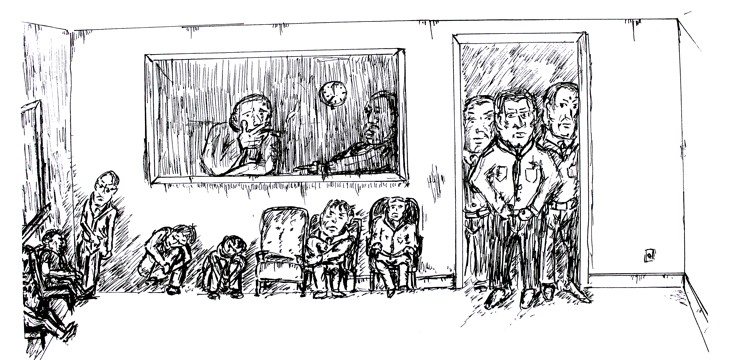
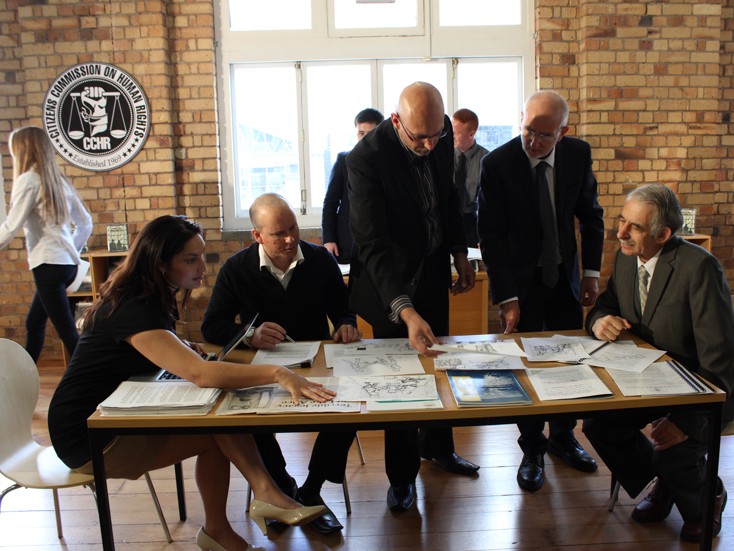
Oversight is now in place for the first time in New Zealand’s history, including a branch within the Office of the Ombudsman to investigate crimes of torture inside all psychiatric facilities where victims are being detained. Investigations have been conducted with CCHR’s help, alerting the office directly of any possible abuses of human rights, ill-treatment and torture inside psychiatric facilities. The agency has the power to enter unannounced and inspect any place of detention.
“This means psychiatrists can be investigated inside their own institutions, and after nearly 40 years we have succeeded in bringing psychiatry under the law in New Zealand in this regard,” says Green.
Four decades after a desperate letter was written by a young Niuean boy—now a man in his sixties—in tandem with the tireless work of CCHR, justice finally was served in New Zealand.

